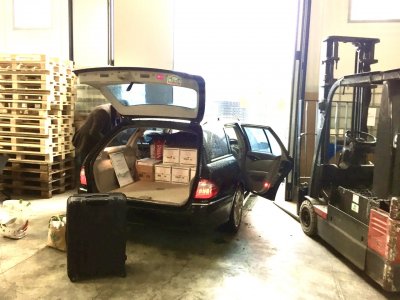The one guy said that he only got 40-45k miles out of his tyres. I’ve never heard anyone get even close to that. I’ve managed more than 20,000 miles a few times but doubling that is incredible!
You have to bear in mind that it was a US based forum where it's the norm to expect very high miles out of tires, Perhaps the tire manufacturers also use harder rubber compounds to facilitate that. Motorways vs town driving does make a huge difference. When reverting to town use after many years of predominately motorway driving I can recall be surprised when a set a of tyres only lasted 20,000 miles. I'm back on the motorways again and have already put 30,000 on a set of tyres with plenty of tread left yet.



